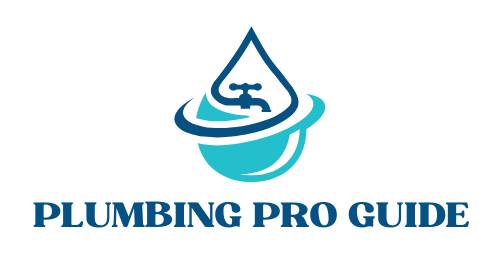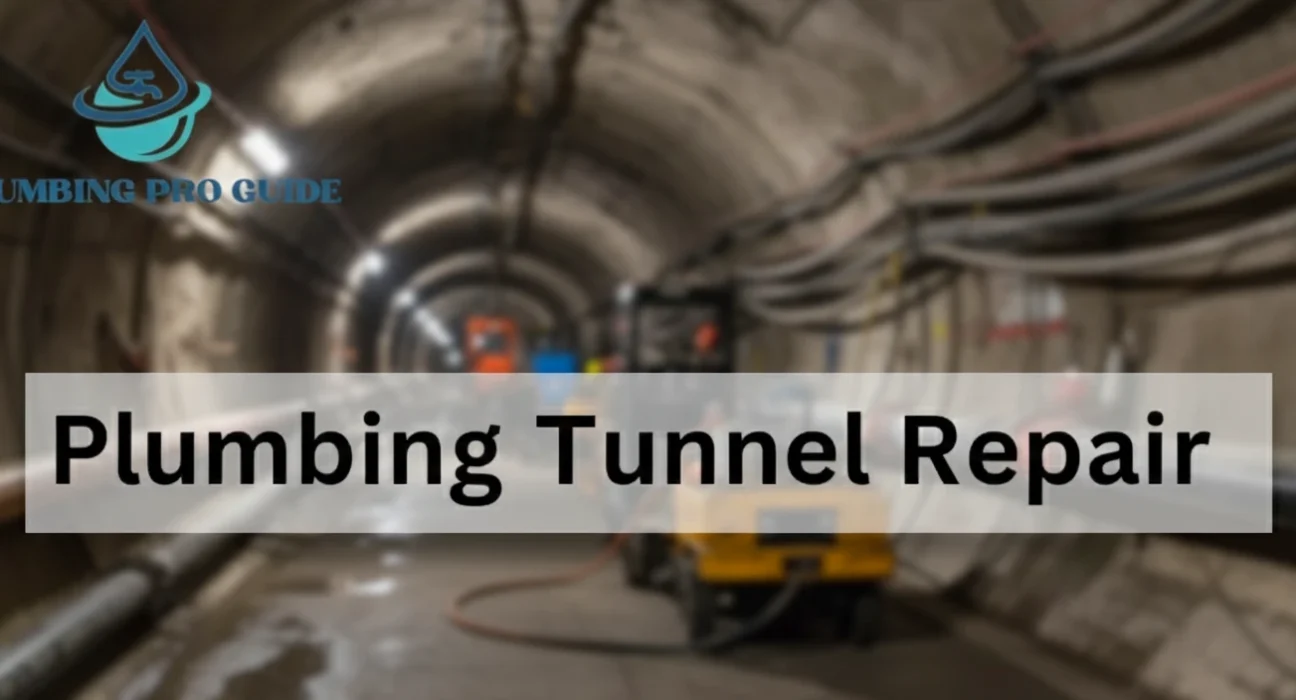Plumbing tunnel repair refers to a specialized method of repairing underground plumbing lines, typically under a concrete slab foundation, by creating a tunnel beneath the structure. Instead of breaking through the floor (slab cutting), trenching, or trenchless pipe bursting, plumbers dig a small, controlled tunnel to access damaged pipes. This approach is especially used for slab leaks, sewer line tunnel repair, or under-slab plumbing repair.
How Plumbing Tunnel Repair Works
Plumbing tunnel repair starts with leak detection using electronic locators or sewer cameras. Once the damaged section of the pipe is located, a trench is excavated from one or more small entry pits. From there, professionals will tunnel a narrow, stable passage under the foundation, using shoring (support structures) to protect the soil and prevent collapse. Then, they repair or replace the pipe and backfill the tunnel, restoring soil and surface integrity.
When Plumbing Tunnel Repair Is Needed
Homeowners should consider plumbing tunnel repair when:
- There is a persistent slab leak (water pooling on a concrete floor, high water bills, or hot spots in the slab).
- The home uses old pipe materials like clay or cast iron, and the foundation plumbing repair is imminent.
- Sewer lines beneath the slab are compromised, and trenching would be too disruptive, making plumbing tunnel repair under the foundation a better option.
- The cost of trenchless or full excavation is prohibitive, or the layout makes trenchless methods risky.
Benefits of Plumbing Tunnel Repair
- Minimal Damage to Floors
Tunnel excavation plumbing avoids breaking up your entire concrete slab. That means no major floor repair, less mess, and quicker restoration. - Structural Safety
Controlled tunneling ensures the foundation remains stable throughout the repair, minimizing the risk of structural damage or movement. - Long-Term Reliability
Repairing or replacing the damaged pipe section under the slab directly allows for a stronger, longer-lasting fix, whether you’re dealing with sewer line tunnel repair or water line issues. - Cost Efficiency in Sensitive Areas
When you need under-home water line repair, tunneling can be more cost-effective than cutting and refilling concrete or disrupting landscaping. - Less Disruptive
Compared to full excavation, plumbing tunnel repair is less invasive, especially on occupied homes. It’s ideal when you want plumbing repairs without breaking floors.
Risks and Downsides of Plumbing Tunnel Repair
- Higher Labor Costs
Tunneling requires shoring, excavation, and specialized labor. The cost of plumbing tunnel repair can be significant, often more than a simple patch but less than total excavation. - Safety Hazards
Digging under your home involves confined-space risks. If improperly executed, structural safety during tunneling could be compromised, leading to a cave-in or subsidence. - Limited Accessibility
If pipes are very deep, or if there are obstacles like rebar or utilities, tunneling may not be feasible. - Permits and Regulations
Local building codes may require permits for under-slab access, making the process more complex and time-consuming. Read here about the underground construction and tunneling. - Insurance Limitations
Not all homeowner insurance policies cover this kind of repair. You may need to check whether plumbing tunnel repair is covered under your existing policy or if a separate rider is required.
DIY vs Professional Plumbing Tunnel Repair
DIY homeowners should avoid trying to do plumbing tunnel repair. Tunneling under foundation plumbing repair is complex, dangerous, and requires licensed plumbers:
- DIY Limitations: No access to shoring systems, no professional leak detection tools, high risk of soil collapse.
- Professional Advantage: Licensed plumbers bring proper equipment, structural engineers, confined space safety protocols, and insurance.
For smaller plumbing issues inside the house (like slow drains or faucet leaks), you can handle them with plumbing maintenance routines. But once the problem is under the slab, call a pro.
Cost Breakdown (Estimate)
Here’s a basic estimate for plumbing tunnel repair based on common scenarios. Actual costs vary by region and complexity:
| Repair Type | Estimated Cost Range (USD) |
| Minor slab leak repair by tunnel (short distance) | $1,500 – $5,000 |
| Sewer line tunnel repair under slab | $3,000 – $10,000+ |
| Deep under-slab water line replacement | $5,000 – $12,000+ |
These costs depend on factors like soil type, tunnel length, pipe material, and access.
Many homeowners facing tunneling have older materials that deteriorate faster, similar to what we explain in our guide on the best plumbing pipes for cold weather and how pipe durability affects long-term repair costs
When Tunneling Is Better Than Trenchless or Excavation
Choose plumbing tunnel repair when:
- Your home’s layout makes trenchless methods difficult or risky.
- You want to avoid trenchless repair machinery and disruption to the surrounding landscaping.
- Traditional excavation (breaking slab or trenching) would be too invasive or costly.
- You require a foundation plumbing repair that balances structural integrity with cost and minimal surface damage.
Risks to Watch For and How to Mitigate Them
- Ensure Geotechnical Evaluation: Ask for soil reports to confirm the ground is stable for tunneling.
- Always Use Shoring: Confirm your contractor uses proper support structures to prevent cave-ins.
- Check Contractor Credentials: Hire plumbing tunneling contractors near me who are licensed, insured, and experienced in slab leak tunnel repair.
- Obtain Permits: Work with your contractor to secure all necessary local permits before digging.
- Request Long-Term Warrant: A good plumbing company should offer a warranty on the repair to cover future issues.
Routine inspections catch many problems before tunneling is needed, and our annual plumbing inspection checklist shows the exact steps homeowners should follow every year.
Conclusion
Plumbing tunnel repair offers a targeted, less invasive solution for serious under-slab plumbing problems. While it’s more complex and costly than surface fixes, the benefits of structural safety, minimal floor damage, and long-term stability often outweigh the downsides. Use plumbing tunneling services only when necessary, and always rely on seasoned professionals for this kind of work.
For more homeowner plumbing guides, repair tips, and maintenance checklists, visit our full resource hub on the homepage.
FAQs
What is tunneling in plumbing?
Tunneling in plumbing is digging a controlled underground passage beneath a structure to access and repair pipes without breaking the slab.
How to fix underground plumbing?
A professional can use tunneling or trenchless methods depending on location, soil type, and pipe damage. DIY is not safe for under-slab lines.
How long does plumbing tunnel repair take?
Most jobs take 1–3 days, depending on tunnel length, soil conditions, and permit timelines.
What does plumbing tunnel repair cost per foot?
It typically ranges from $100 to $400+ per linear foot, depending on complexity and soil.
Can tunneling damage the structure of my home?
Tunneling can be safe if done properly, but without shoring or professional oversight, it risks soil collapse and foundation movement.
When should I choose tunneling over regular excavation?
Choose tunneling when you want to minimize surface disruption, preserve your slab, or when trenchless options are not viable.


